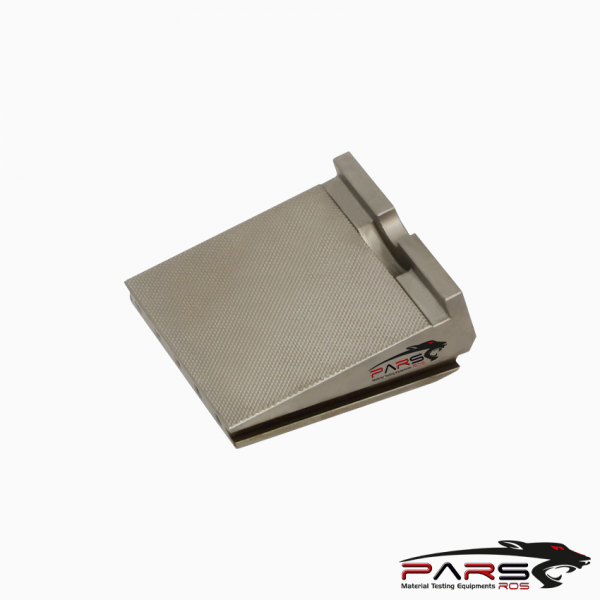
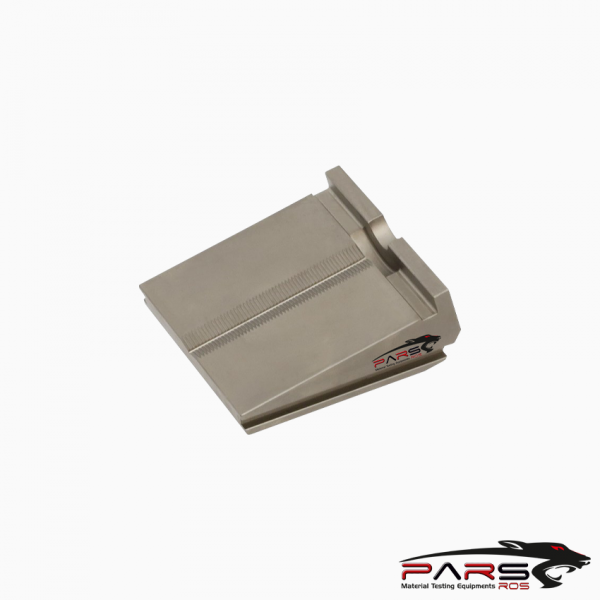
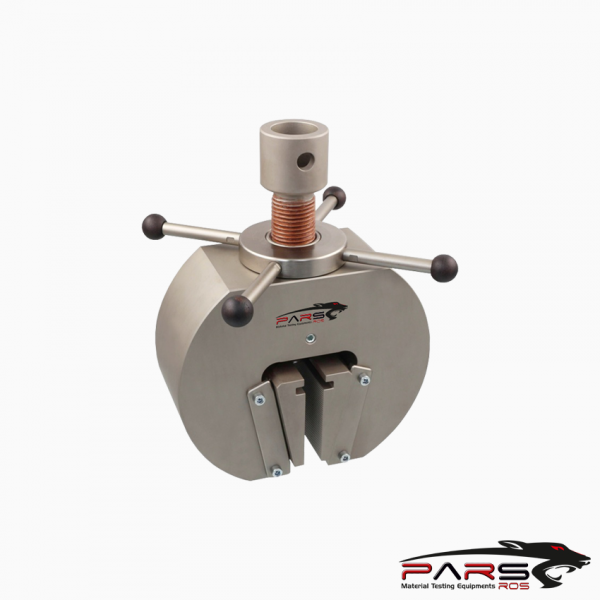
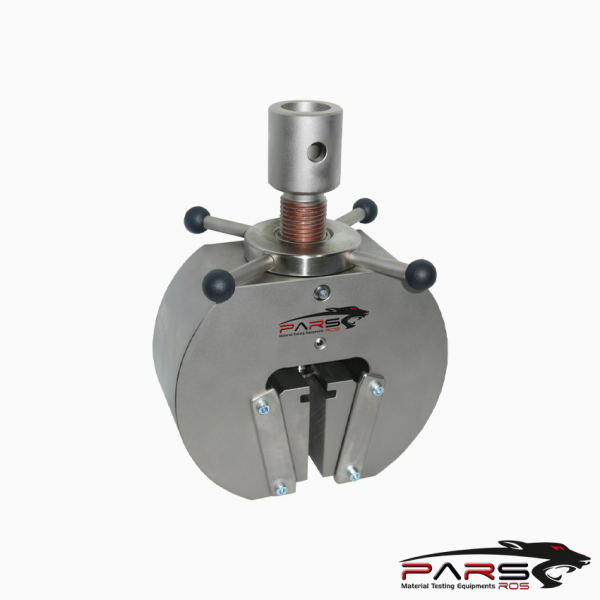
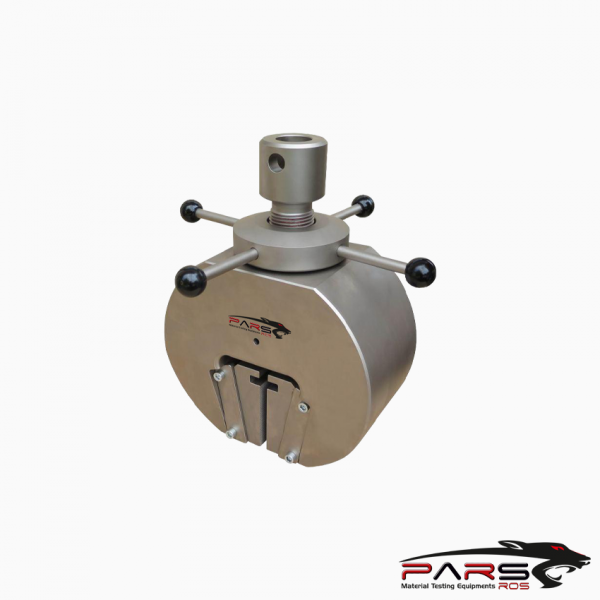
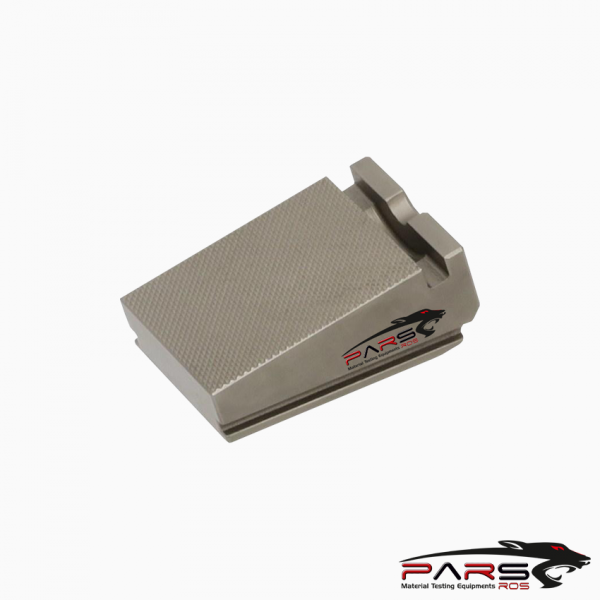




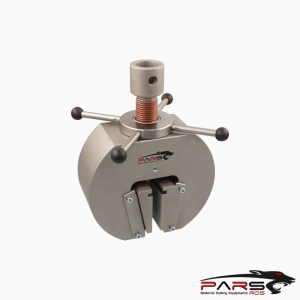
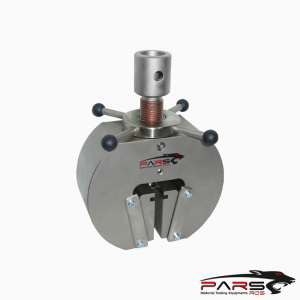
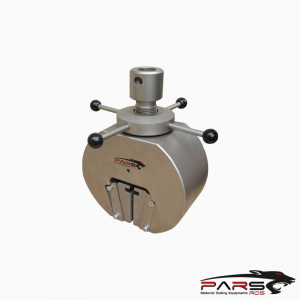
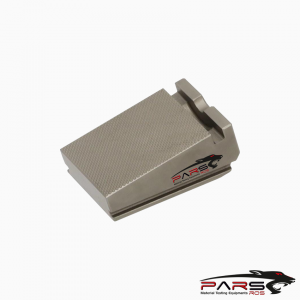
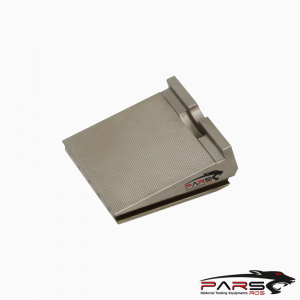
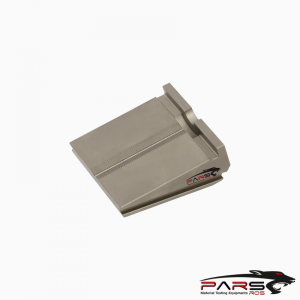
ASTM D1002 – Standard Test Method for Apparent Shear Strength of Single-Lap-Joint Adhesively Bonded Metal Specimens by Tension Loading (Metal-to-Metal)
ASTM D1002 – This Standard determines the shear strength of adhesives for bonding metals when tested on a single-lap-joint specimen.
The test is applicable for determining adhesive strength, surface preparation parameters, and adhesive environmental durability.
There are over 20 more ASTM specific tests for testing the shear strength of an adhesively bonded material.
Please Contact With Us For More Information
- Description
- Reviews (0)
- TECHNICAL SPECIFICATIONS
Description
Description
ASTM D1002 – Standard Test Method for Apparent Shear Strength of Single-Lap-Joint Adhesively Bonded Metal Specimens by Tension Loading (Metal-to-Metal)
ASTM D1002 – This Standard determines the shear strength of adhesives for bonding metals when tested on a single-lap-joint specimen.
The test is applicable for determining adhesive strength, surface preparation parameters, and adhesive environmental durability.
There are over 20 more ASTM specific tests for testing the shear strength of an adhesively bonded material.
This outline focuses on metal to metal bonds. Several types of laps exist including bevelled, double, double butt, joggle, and single.
There are several failure modes for the lap shear test. The adhesive can detach from the metal substrate, the adhesive can seperate from itself, or the adhesive
could be so strong that it actually shears the metal and tears a chunk of it away.
There are a variety of ASTM single-lap-joint shear tests including ASTM D1002 which specifies lap shear for metal to metal, ASTM D3163 for plastics joints, and
ASTM D5868 for fiber reinforced plastics (FRP) against itself or metal.
***PARSROS offers several types of grips and fixtures which will enable you to perform a variety of tests that are accurate and repeatable.
ASTM D1002 – Test Procedure
Two metal plates are bonded together with adhesive and cured as specified. The assembly is then cut into uniform width lap shear specimens.
The test specimens are placed in the grips of a universal testing machine and pulled at 1.3 mm/min (0.05 in/min) until rupture occurs.
The grips used to secure the ends of the assembly must align so that the applied force is applied through the centerline of the specimen.
The type of failure can be either adhesive (the adhesive separates from one of the substrates) or cohesive (the adhesive ruptures within itself).
ASTM D1002 – Specimen Geometry
The recommended lap shear specimen is 25.4 mm (1”) wide, with an overlap of 12.7 mm (0.5”).
The recommended metal thickness is 1.62 mm (0.064”) and the overall length of the bonded specimen should be 177.8 mm (7”).
The specimen failure should occur in the adhesive, and not in the substrate – thus the metal thickness and the length of the overlap may be adjusted as necessary.
Adhesive is applied based on manufacturer recommendations.
Equipments for the test
*Universal Testing Machine
*Hand Tightened Grips that allow for proper alignment
*Air recirculation oven for curing of adhesives
The values reported for the lap shear test are relatively straight forward.
The maximum force, also commonly referred to as the shear strength, is really just the peak load.
The maximum shear stress is slightly different and requires the user to divide the maximum force by the area.
The units are then reported as PSI or similar. The failure mode should also be recorded.
ASTM D1002 – Testing Fixtures – Apparatus
Wedge Grips are the defacto selection because of the high amount of force that is usually required to successfuly
perform this procedure.
Other solutions such as hydraulic grips are also acceptable.
Referenced Documents
ASTM Standards
A109/A109M Specification for Steel, Strip, Carbon (0.25 Maximum Percent), Cold-Rolled
A167 Specification for Stainless and Heat-Resisting Chromium-Nickel Steel Plate, Sheet, and Strip
B36/B36M Specification for Brass Plate, Sheet, Strip, And Rolled Bar
B152/B152M Specification for Copper Sheet, Strip, Plate, and Rolled Bar
B209 Specification for Aluminum and Aluminum-Alloy Sheet and Plate
B265 Specification for Titanium and Titanium Alloy Strip, Sheet, and Plate
D907 Terminology of Adhesives
D4896 Guide for Use of Adhesive-Bonded Single Lap-Joint Specimen Test Results
E4 Practices for Force Verification of Testing Machines
E177 Practice for Use of the Terms Precision and Bias in ASTM Test Methods
E691 Practice for Conducting an Interlaboratory Study to Determine the Precision of a Test Method
Reviews (0)
TECHNICAL SPECIFICATIONS
PARSROS offers several types of grips and fixtures which will enable you to perform a variety of lap shear tests that are accurate and repeatable.
Please contact with our engineers so that we can find and offer Best Universal Tensile Test Machines , Grips , Jaws and Other Accessories for your operations
For ASTM D1002 Wedge Action Grips are the best solution for this


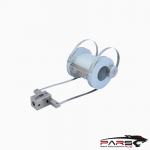
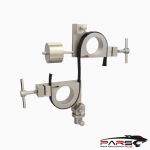
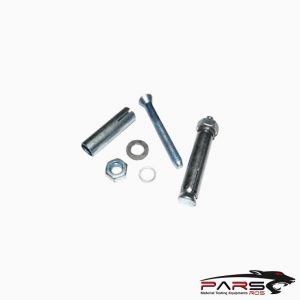
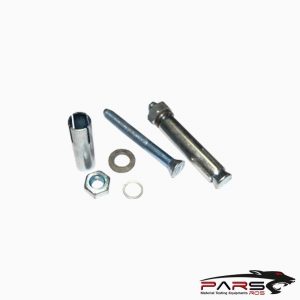
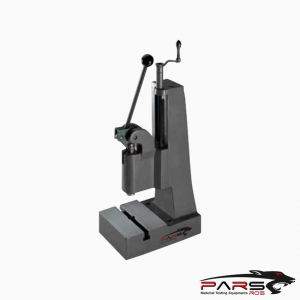
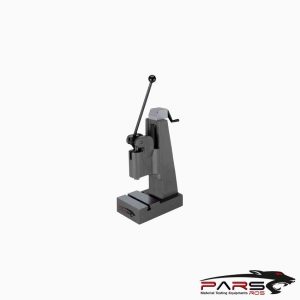
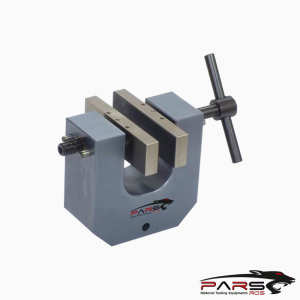
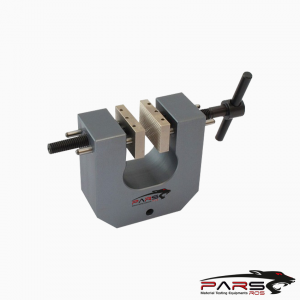
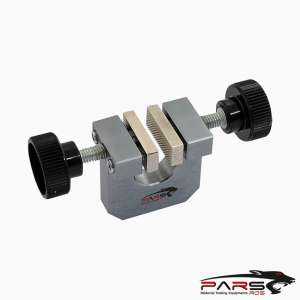
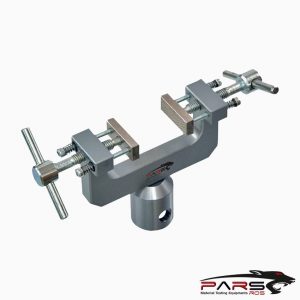
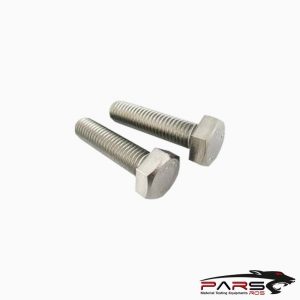
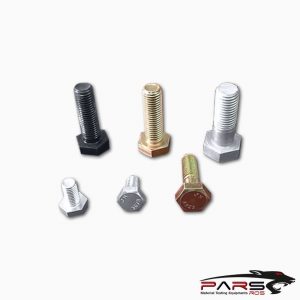
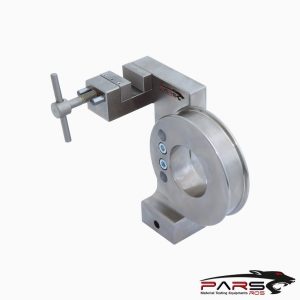
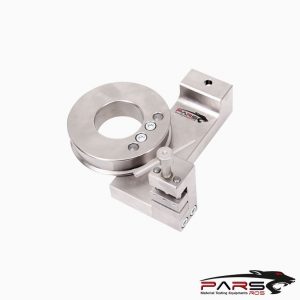
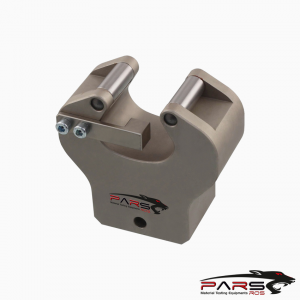
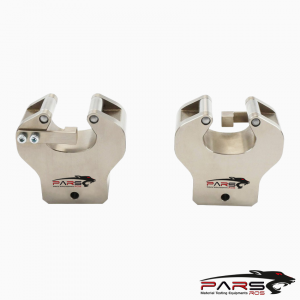
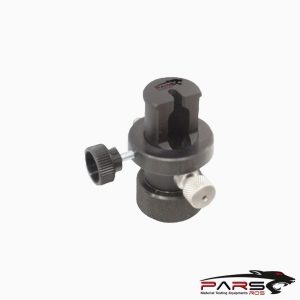
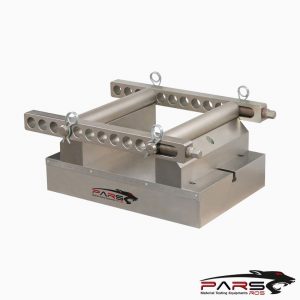
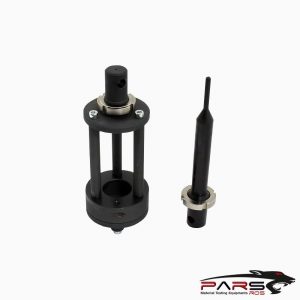
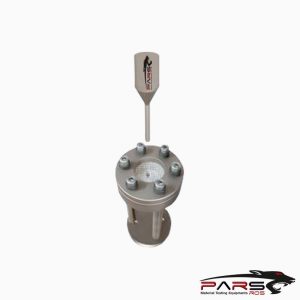
Leave a Reply